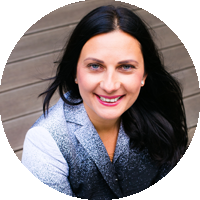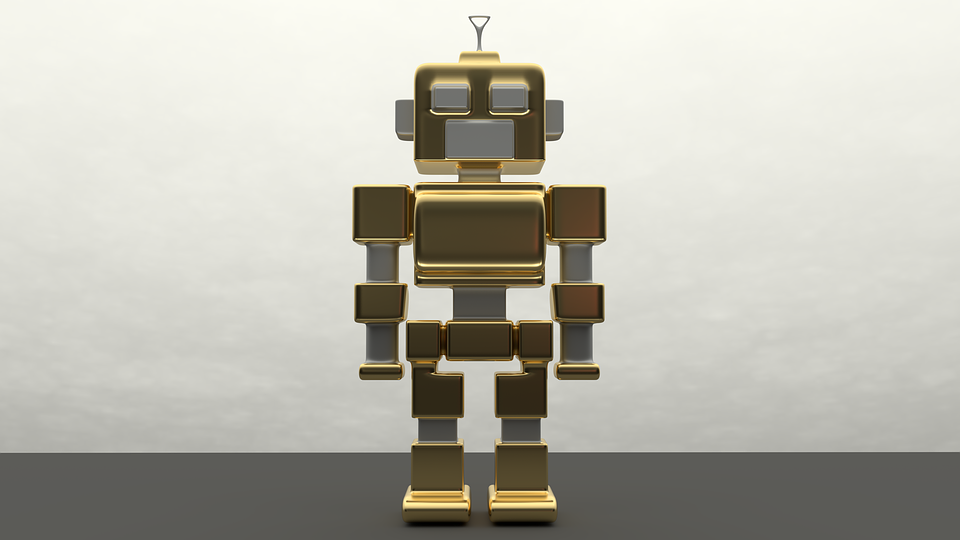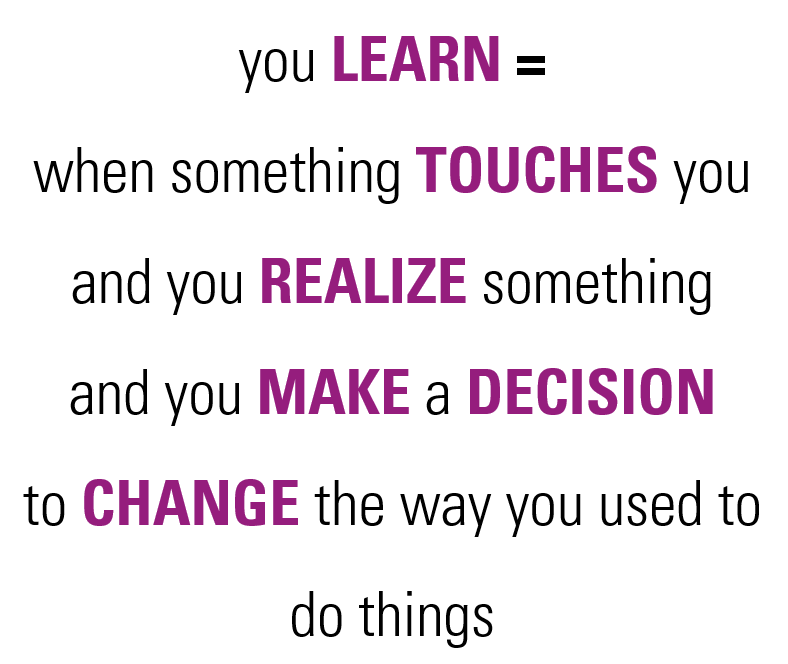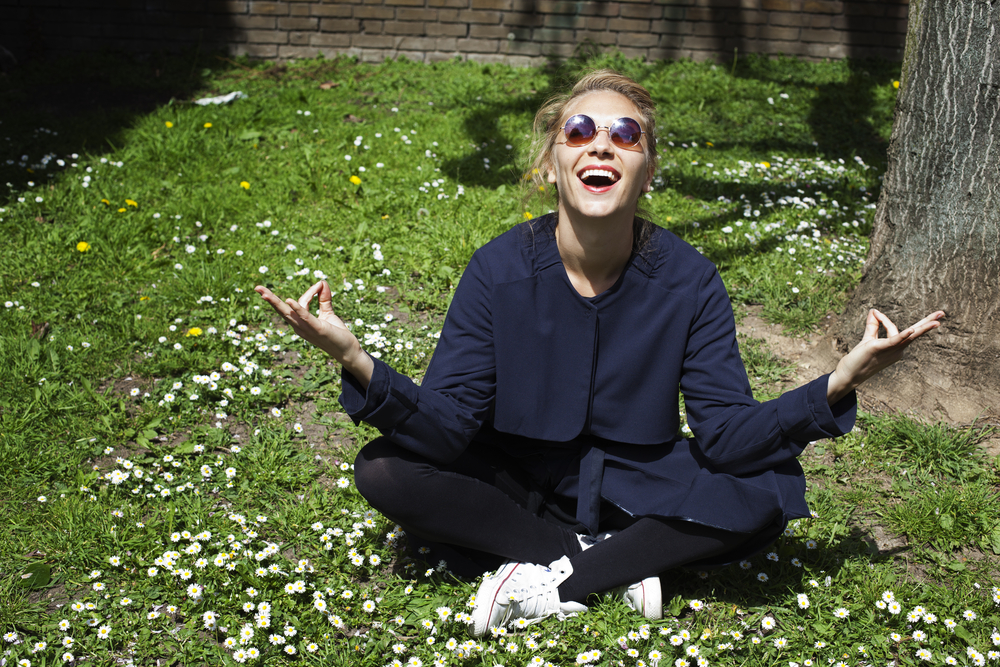
About the author
Sylwia Lewandowska-Akhvlediani is an inspirational and energetic cross-cultural psychologists, working as a strong sparing partner and coach for senior leaders and as a trainer and facilitator with more than 15 years of training, coaching and management experience! She is Co-Founder of the Emerge Leadership Festival, a global community of purpose driven leaders. Her focus is on daily rituals that build your power in leadership and parentship.
If the business is changing so dramatically each day in a VUCA world, why are the leadership development methods not along with this process?
The VUCA-world we live in is marked by constant change. There are new business models rising up as a reaction to this “new” world. Agile leadership can be an answer, more self-designed and self-managed organizations that are offering more purposeful work opportunities, more remote teams that are successful, more robots engaged, fewer people needed here and there, digital disruption where nobody really knows what it is all about. There are many discussions between Elon Musk and Mark Zuckerberg whether AI (Artificial Intelligence) can support the human kind or if it will lead to what we were watching passionately in Terminator in the early 1980’s? The concepts of what is constant or secure are changing. The managing methods that were created not very long ago, seem to not having so much adequacy regarding the new challenges. Points who are important for leaders or business owners are changing. You have to be equipped with new skills so you can stand still when your head is on fire (as I heard once). Those new skills are dealing with the uncertainty, facilitating group processes (including conflicts), managing energy rather than engagement, mindfulness and emotional intelligence, creative and community problem solving, creating new products (with design thinking for instance) for instance. You as a leader must as well make sure that people are able to transfer their experiences from different contexts (parents <–> leaders).

Artificial Intelligence: can it support the human kind or if it will lead to what we were watching passionately in Terminator in the early 1980’s?
What are the reasons that the methods are not getting along with the process?
Then the question I ask myself is – why are the methods of delivering the training and development opportunities not changing so much? I mean, of course, we have much more room for coaching tools, facilitation technologies (e.g. Open Space Technology), we dare to be a bit more provocative than in the past but honestly, does this really offer a lasting impact on a person and the organization?
We know from the research that we forget over 60% of the learned material on the second day after the delivery, the next two days 80% and 99% when not applying the new skill or knowledge. Most of the companies look for better products to make their customers’ life easier, more pleasant, happier and healthier sometimes. But WE (= Development Guides in a role of a coach, trainer, facilitator, HR or talent managers, people or wellbeing officers, head or business partners etc.) should really keep in mind that this all requires a set of new methods – and equally important: the mindset!
Why do you want to work with unconventional methods?
I asked some of the customers we’ve been working with developing leaders worldwide and these are the answer
- Curiosity: we always think the same way, with unconventional methods I can provoke and kind of step back and free up.
- I rely on previous programs and still want to have a surprise moment and a balance between what’s new and then experiment,
- Change, innovation, and digitalization make people think out of the box, we want this from the people, I want to walk the talk and have it inside of me,
- I don’t want to offer standard trainings, I want a different setup and apply it in intercultural setting as well,
- I want to have this experience during the training, reflect and ask myself and therefore become better and broader,
- HR meetings, forums, and conferences are a good form to try something new,
- I want to make internal HR community meetings unconventional,
- I want to do something different, demanding a lot of self-responsibility, it must be connected to the purpose of the training – and I want an “aha moment” and curiosity that offers something to really remember!
We agreed that WHY we really want it, is to have an IMPACT that LASTS on a leader and the organization. While working internationally for the last 15 years in really different contexts, I created a Personal Learning Model I am applying to all the development program I am engaged which says:

This is really to underline that one learn and change only when something touches him or her – not my boss, nor HR but me.
What does this mean in practice?
Having this in mind what does it really mean now to offer the learning space for leadership programs? I asked myself and the group and the answer seems to be obvious:
– Leadership development programs should be a space
that offers the most opportunities to be touched –
Now, people differ, so you never know who will be in the program to say – well, John joins us at 11.15, so there will be something for you to transform, or Anna comes for the afternoon outdoor session as there will be „your” exercise. Thus, we need to create a space as a whole – virtual space, physical space and the connection before and after, so people can come with curiosity and willingness to contribute not only for themselves but also for the collective. And remember, that the fact that you take a group outside of the training room but keep talking does not mean that you will gain the lasting impact 😉 From this perspective for me personally, it emerged that leadership is:
– Co-creating and holding a space for people to be and to act
from their highest potential, every day –
When working with my teams on specific projects or delivering an individual or group space I am present there in a collaborative way, so the person I am working for will reach the highest potential and will know how to fire it up every day – and not just during the training.
The 10 rules of how to co-create a space for people to act from their highest potential
I know what’s on your mind now:
Sylwiaaaaaa, please share how to co-create and hold a space for people to be and to act from their highest potential, every day? Don’t worry, this is what I will do now as I put it in 10 rules.
1) 80% success is in preparation, 20% in execution.
Save 80% of the time for the preparation of the program, meeting or conference so you can offer different opportunities to be touched.
2) Co-creation is a key.
Engage different stakeholders to co-create the space and learning experience (this I show and name it instead of just a program). Don’t try to be the smartest one but use crowdsourcing. This is how self-responsibility for growing starts.
3) Set some rules for the learning process.
Change and deep learning only happen when people feel safe to be vulnerable. Make sure that people co-create the rules together and live them during the program.
4) The balance between experience, reflection, and talking.
Equality in a learning process is important – we can learn as well as the ones we design the programs for. Thus, you are not the only expert in the room but you offer the space for the experts to go through something meaningful by doing, reflecting and sharing. How many times were you touched by the story somebody shared? Make sure you have time for that.
5) Use the time for transformation at the event or training not only after.
In a VUCA world, I want to already transform during the program and not wait until I go back to work or home. Thus, I want to experiment here and now, so make sure people understand the intention and get ready for that!
6) Body-Mind-Heart connection.
Offer the experience that supports the connection of all three aspects of the humankind. Concentrating too much on the intellect only (what happens most) will not have a lasting impact. Include movement and emotions – that makes the change!
7) Create curiosity and intrigue the surrounding but not too wired.
Offering the space to be touched does not mean to come up with “too strange” exercises or exercises that, instead of putting you out of your comfort zone, will put you in a fear zone. If so – not much learning can be done! Keep it in mind.
8) Check your mindset first.
We want our people to be more innovative, agile and so on. The first question is: are we the ones who are innovative, agile etc.? How do you walk the talk? How do you grow yourself? You will not include new methods once you will not have your own internal believes that it works. What holds you back?
9) Simplicity versus seriousness
I know that something that sounds serious seems to be the smartest. But the question is if the person really understands it and if she/he can apply it later on?! I prefer to do less of the material but the one that can be applied instead of having an ego satisfied to deliver something sounding so good. You know what I mean, right?
10) Let’s have some FUN!
You’ve probably heard the quote <<work hard, play hard>>. Some say that Millennials made us act differently. I disagree as being around forty, working on complex challenges, being a mum of two young ones, working internationally and being married to a foreigner who is also working internationally. This requires a lot of creativity, agility, and FUN unless I want to stay healthy and strong in my life. The same refers to the leaders we offer our space too, isn’t it? How can you invite a sense of humor in the way you do things?
Last but not least: who can co-create and hold a space for people to be and to act from their highest potential every day?
The last thing – and I would admit that it is the most important one are the questions “who can co-create such space” and what kind of skills and mindset does it really requires?
From my experience, holding this transformative space is a big thing. You need to be very self-aware and mindful, so you feel and read what’s happening in the field. This requires not only a great body-mind-heart connection of your own but also the ability to confront the reality, show what is hidden, bring a shadow, witness the old passing and the new coming, set some rituals to celebrate it and work on the everyday habits to support it, depending on what the group purpose is. It is more the role of a facilitator or coach than an old-way thinking trainer or an expert. I call it leading in a leadership development journey.
Methods and formats that can inspire you:
- Welcome rituals
- Cards and pictures
- Lego blocks
- Art and painting
- Music, including live music
- Movement and dance
- Body work
- Laughing yoga
- Visualization
- Experiments
- Challenges in public
- Social responsible projects (CSR)
- Self-designed reflection groups
- Fuck up nights
- Cabaret and show
- Evening sessions
- Concerts
- No hotel rooms anymore but nice pensions, development centers, co-working spaces often used for start-ups
- No power point presentations
- No tables, circles
- Transfer of learning – easy to use platforms for people to stay connected

Laughing yoga, challenges in public, bodywork & Co. are only a few methods that can inspire you
Believe me, the sky is no longer a limit, so is designing the development opportunities.
Happy to discuss this by email or virtually.
Have fun and lasting impact on the work you are doing to support leaders worldwide create a better world.
Sylwia Lewandowska-Akhvlediani
sylwia.lewandowska@mdi-training.com or sylwia@leadershipfestival.com
What serves you next?
The 4 strategic factors of success of international leadership development
To make international leadership development programs a success can be very challenging. If you want to have success you have to plan thoroughly and, in case you need any further ideas and assistance, we summed up the four strategic factors of success we developed in more than 50 years.
Train the trainer – Get everyone on board!
Trainers are the last link in an often very long chain of conception, arrangements, and measures for the perfect design and organization of a leadership development program. In this article, we explain four practical measures for your successful train the trainer process and how to get everyone on board!
Leaving the comfort zone – More courage for more training results
It’s not always easy to leave your personal comfort zone and everybody actually tends to avoid questions about it. But: effective training is created far outside of the comfort zone. In this article, we talked to transfer expert and coach Masha Ibeschitz-Manderbach about this delicate topic.




